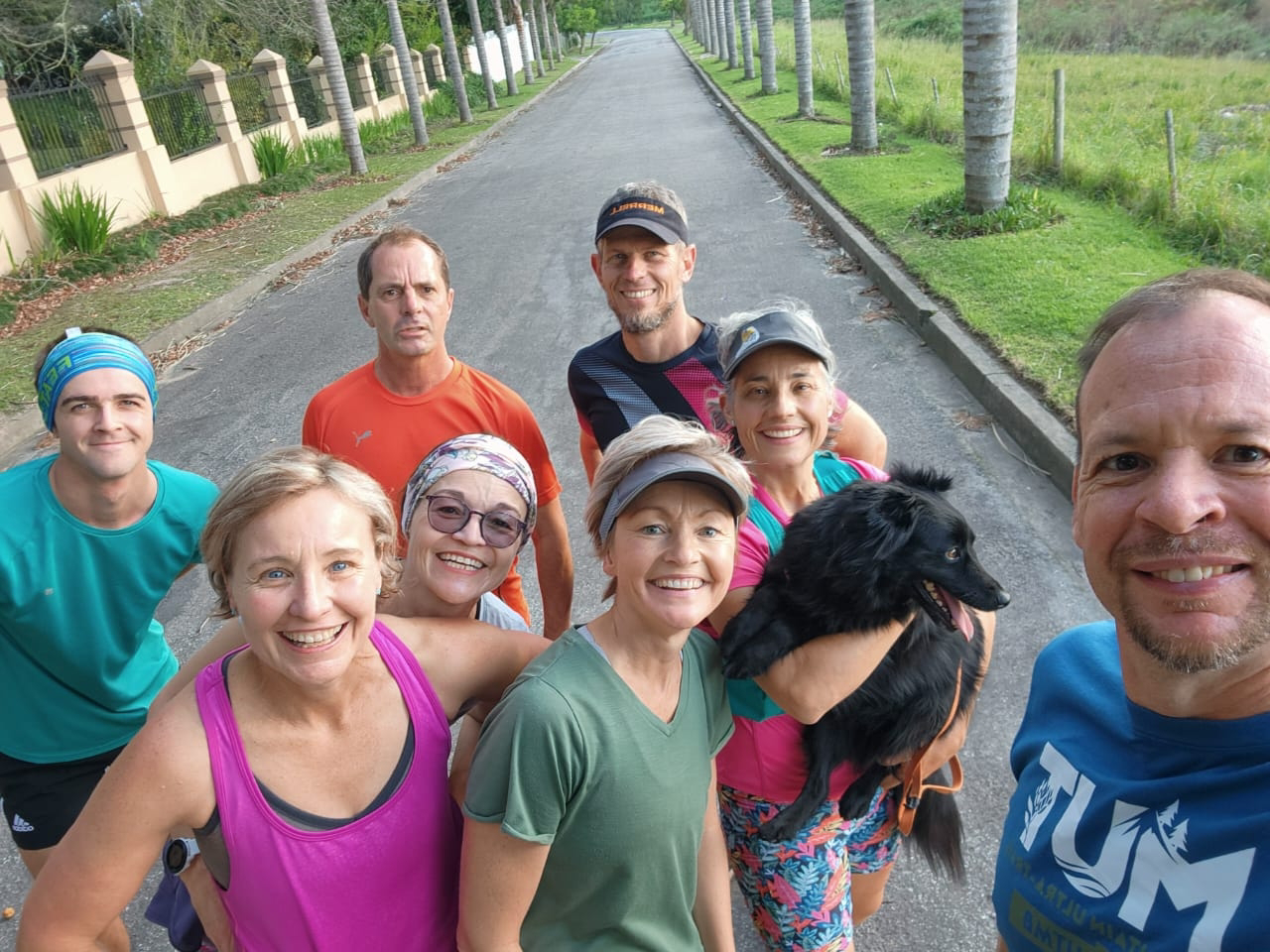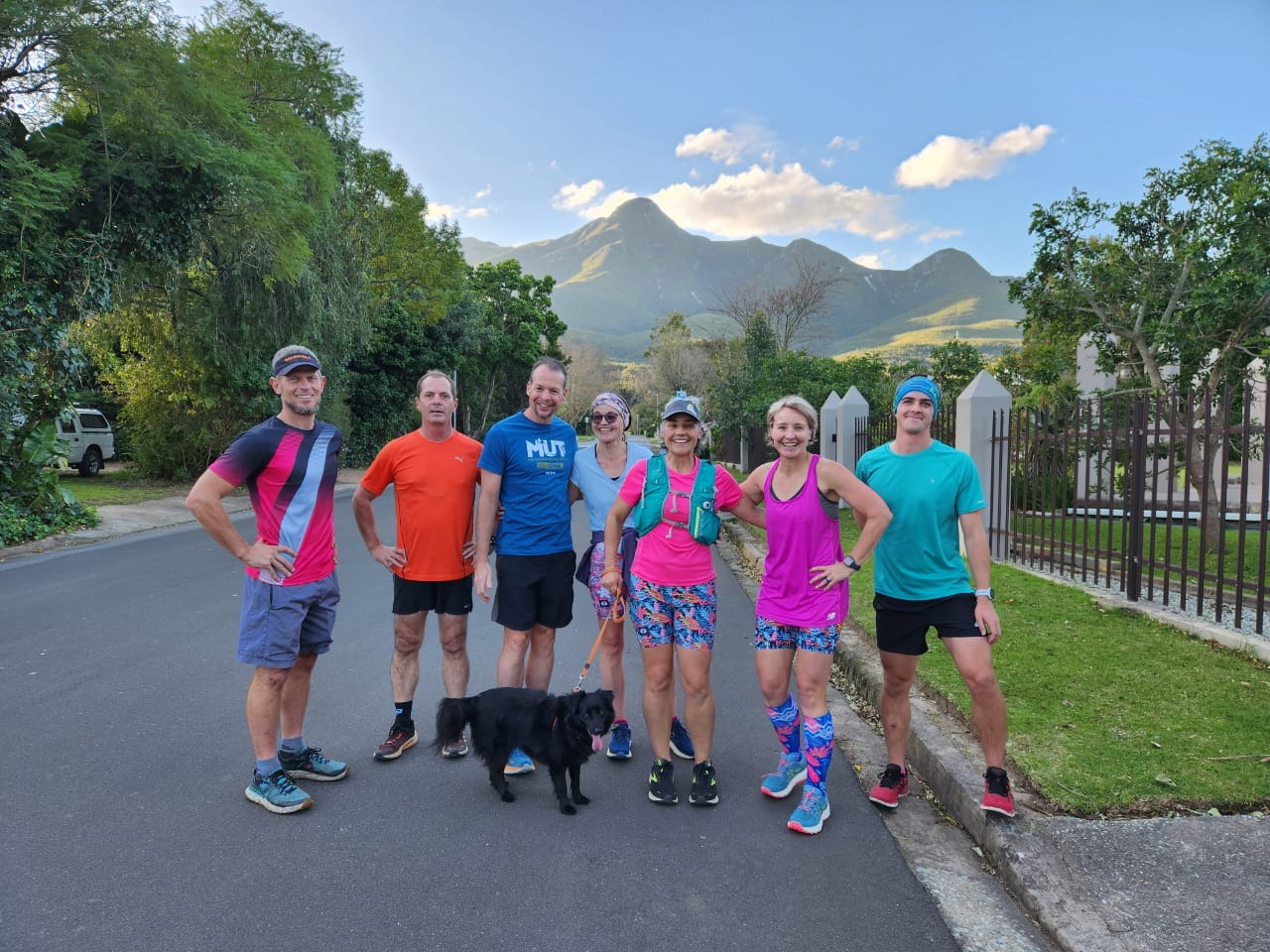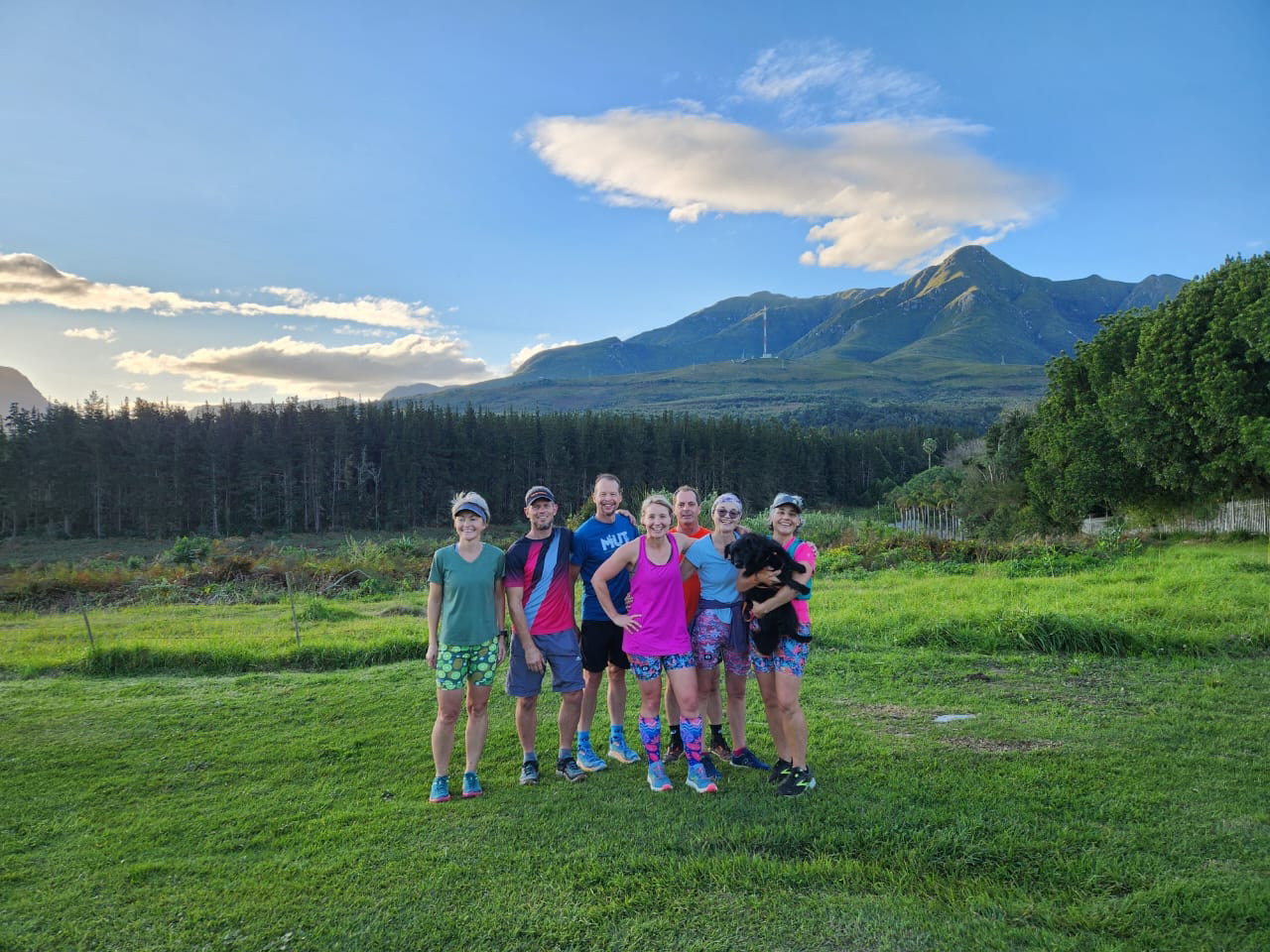As I look through the books that I read in 2024, there are always those that stand out and others that I barely remember, even though I certainly enjoyed reading it.
As with most years, there have been a good dozen books that I started but didn't finish. Some I lingered over for two or three weeks, barely making it through a few pages each night and unable to remember the story or characters from one night to the next. I had a good dose of these mid-year, which detrimentally affected my annual tally and left me in a literary limbo for months.
Let's see what I had:
I started the year out strong with the audio version of 'Life Lived Wild' an autobiography of Rick Ridgeway's life of adventures and expeditions. Absolutely fascinating and captivating. It was because of this book that I then listened to 'The Responsible Company' by Yvon Chouinard (Patagonia company) and Vincent Stanley. Very interesting and one that I would like to listen to again as there is a lot to absorb.
The Michael Crichton was a good fiction read (people got micro sized), and 'Chickens Mules and Two Old Fools' is a real story about a couple that moved to a small Spanish town.
'Shoe Dog', Phil Knight's memoir was a win. Phil is the guy who started Nike. Incredibly interesting and insightful. I loved every page. What a journey! We look at these big brands now, which are not without their challenges, but to read of the start - from a garage - and the risks taken, ideas, developments, manufacturing challenges, marketing, distribution... Incredible. This was my uncle's book. My mom was in the Seychelles early in the year visiting my uncle. He had just finished it and she brought it back for me.
'Alone on the Wall' was superb. I've followed odds and ends of Alex Honnold's career through YouTube videos, magazine articles, and Banff Film Festival movies. He is an extraordinary - and quirky - climber. This book was enthralling from start to finish, giving a lot of insight into Alex's process and the preparation that goes into projects.
'Wilder Life' by Joan Lourens was an excellent read - and I've met Joan. I had sent a note to the NuTreats sister-duo of Feige and Zissy commenting on a book that they had reviewed in a NuTreats newsletter. They mentioned Joan's book and that they would send me their copy. While the book was in the post, I went to a Dendrological Society walk, which happened to be at Joan's place in Knysna! My friend Rob met us there and mentioned that Joan was active in their running club, she was a doctor and she had written a book or two. This sounded like the book that was on its way to me. It was the same Joan. What an incredible medical career she had working as a doctor in out-of-the-way locations, like the Kruger Park and St Helena island.
'Sanguinous' is a vampire-themed fiction story written by my dearest friend Allison Glass. I thoroughly enjoyed her rich characters as well as the medical elements and South African history that she brought into the book. The best part of the story, for me, was the way that Allison dealt with the 'being a vampire' reality. As we all know, vampires drink blood but they don't have a beating heart that pumps blood around their bodies. So how do they walk, talk, think and function? Their flesh is essentially dead but they don't decompose. Allison delighted me with her rationale for their undead-ness. I wrote a review of the book, which you can read from the link above.
The Dean Koontz and Chris Whitaker were enjoyable reads. I don't remember too much now other than that I enjoyed them. 'You are here' was a story of people built around a cross-country hike in the UK. Thoroughly enjoyable read but I don't remember too much now.
I am such a Robert Galbraith (JK Rowling) fan and I've read all of her books under this pseudonym. I've read a few on paper but more as audiobooks and now I only choose the audio options because the narrator is exceptional and he brings the stories to life. This was a helluva listen at around 33hrs. I blazed through it listening at any opportunity whether cooking, gardening, driving. I can highly recommend any of her investigator Cormoran Strike books but I'd suggest starting from the first one. 'The Running Grave' was excellent.
'Burnt' was another winner and another autobiography. This one about Clare Frank's career in firefighting in the USA. Her book gave a lot of insight into how the fire service works - and its heirarchy, life in a fire house, and plenty of interesting information about fires.
I've ready a lot of Amunden, Shackleton, Scott content, but while I knew the name Douglas Mawson, I had not yet read about his life and expedition. 'Alone on the Ice' is the story of Mawson's 1913 expedition. Superbly fascinating and captivating. An incredible account of Mawson's expedition as well as others in his team, the challenges, risks, logistics, overwintering, and of crevasses that can swallow man, sled and a dog team whole. Brilliant.
Middletide - entertaining fiction read.
The Naturalist was another fiction story - murder mystery.
Coming off the Mawson story, I jumped into another David Roberts with a 1930 expedition on the Greenland cap by young 23-year old adventurerer Gino Watkins. This was a free audiobook but it had an expiry date and I missed out on the last 40 minutes! Nonetheless, I thoroughly enjoyed this fascinating story about an adventurerer I'd never heard of.
'The Glitch' - thoroughly enjoyable fiction book about a woman who wakes up on the morning of her 30th birthday five years earlier (on her 25th birthday). Sweet story that makes you wonder what you would do differently if given the chance to go back five years and try again - with the insight and wisdom that you gained over the five years that passed.
'In my DNA' - another autobiography about a detective in the USA. She specialised in cold cases. Very interesting about how DNA testing has changed the game for investigations and nailing criminals. IT is incredible how things have progressed in 30 years and also the DNA databases.
I went to a talk / book launch by Ryan Sandes a few weeks ago and picked up a copy of his new book, which he signed. While I've had an eye on Ryan's racing and various expedition projects so I know in general what he has done and accomplished, I loved his book for more insight into his racing, illness, injuries, sponsor responsibilities and projects (Himalaya, Lesotho, Drakensberg etc). I can definitely recommend this one. Steve Smith
I'm a few dozen pages shy of completing Ben Fogel's book, which I borrowed from friend Graeme Addison's bookcase while he was in hospital undergoing heart surgery. He has indeed been an accidental adventurer, falling into so many expeditions, many facilitated and made possible from his tv work. What stands out is that he has been game for anything and he gives whatever he jumps into his best shot.
Looking back, I have most enjoyed the autobiographies and biographies, not just of expeditions and adventurers but also of 'adventurous' people in career choice (firefighting, detective) and business (Rick Ridgeway, Phil Knight Yvon Chouinard).
Not a very high book count this year, but some really good reads and listens.
.jpeg)
.jpeg)
.jpeg)
.jpeg)






























































